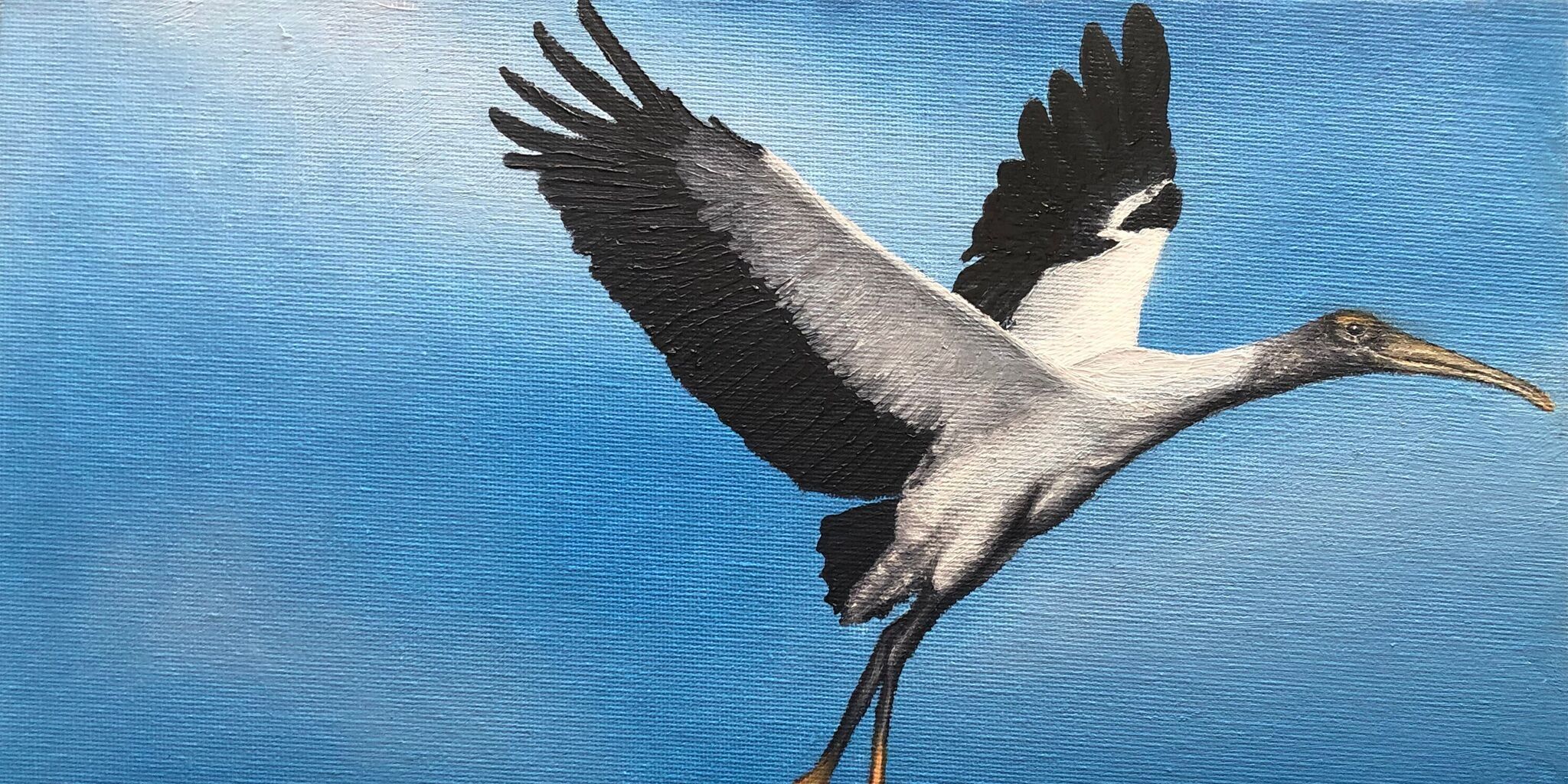We have much more to do and your continued support is needed now more than ever.
College Students Use Art to Raise Awareness About Endangered Species

As we begin the fall semester, and students, faculty, and staff make their way back to campus, I wanted to share the winners and art submissions of the Saving Endangered Species art contest to not only showcase the efforts of these very talented students, but to highlight how they used their creativity and art to tell the story about threatened and endangered species. We all have different skills and expertise to bring to the table to support our passion. You may be skilled in public speaking, organizing a rally, crafting a letter to congress, or drawing or designing posters for an educational awareness campaigns. Whatever your skill is, share it and make a difference on campus and in your community this year.
This past May the U.S. and many other countries celebrated the 14th annual Endangered Species Day on May 17, 2019. Endangered Species Day is a global day of action to save species and celebrate conservation successes. The Endangered Species Coalition proposed the day to the U.S. Senate in 2006 and obtained a unanimous resolution proclaiming Endangered Species Day to be recognized every year In May.
At a time when 1 million wildlife species are currently threatened with extinction, according to a recent report by the Intergovernmental Science-Policy Platform on Biodiversity and Ecosystem Services (IPBES) released in May, it’s even more important than ever to raise awareness and educate the community about protecting these species, and to use diverse strategies to do so – through art, writing a blog, hosting a speaker series on campus, coordinating a campus habitat clean-up, or reaching out to your local representative to learn about their efforts to protect wildlife and habitat.
As part of Endangered Species Day 2019, National Wildlife Federation partnered with the Endangered Species Coalition on a college student art contest. College students across the U.S. entered the contest and shared their art portraying endangered and threatened species.
The winners of the Saving Endangered Species art contest are:
First Prize: Wood Stork in Flight by Kirstyn Harris
Kirstyn’s Wood Stork oil painting is on canvas board. The wood stork is a wading bird that went on the federal Endangered list in the 1980s. It has since been downlisted from Endangered to Threatened. Restoring wetlands through partnerships with state governments and conservation groups was a key strategy to helping the wood stork move from Endangered to Threatened status; these restoration efforts increased their population and expanded their range to parts of North Carolina and Mississippi. The conservation efforts have been successful but need to continue in order to fully recover this species.
Second Prize: Marine Iguana by Allison Pardieck
The marine iguanas, Amblyrhynchus cristatus, are only found in the Galapagos Islands archipelago off the coast of South America. They are the world’s only sea-going lizards and are a gray to black iguana with pyramid-shaped dorsal scales. Marine iguanas are listed as Vulnerable on the IUCN Red List of Threatened Species with subpopulations that are either listed as Vulnerable or Endangered.
Third Prize: Man vs. Nature by Lucia Yusem
The flower depicted in Lucia’s watercolor painting, Arabis macdonaldiana or MacDonald’s rockcress, is native to Southern Oregon and parts of Northern California, in barren, temperate coniferous forests. Due to nickel mining practices affecting the soil, this species has been listed as Endangered under the Endangered Species Act.
View all of the Saving Endangered Species college student art submissions. The art submissions were judged by a panel including Susan McElhinney, Photo Editor for Ranger Rick magazine at National Wildlife Federation, and Jeanne Dodds, Creative Engagement Director at the Endangered Species Coalition. A special thank you to Blick Art Materials for donating gift cards to the contest winners.
You don’t have to wait till next May to take action for wildlife. You can take action for wildlife any day of the year. Please consider making a donation to support the National Wildlife Federation’s critical conservation work:






















